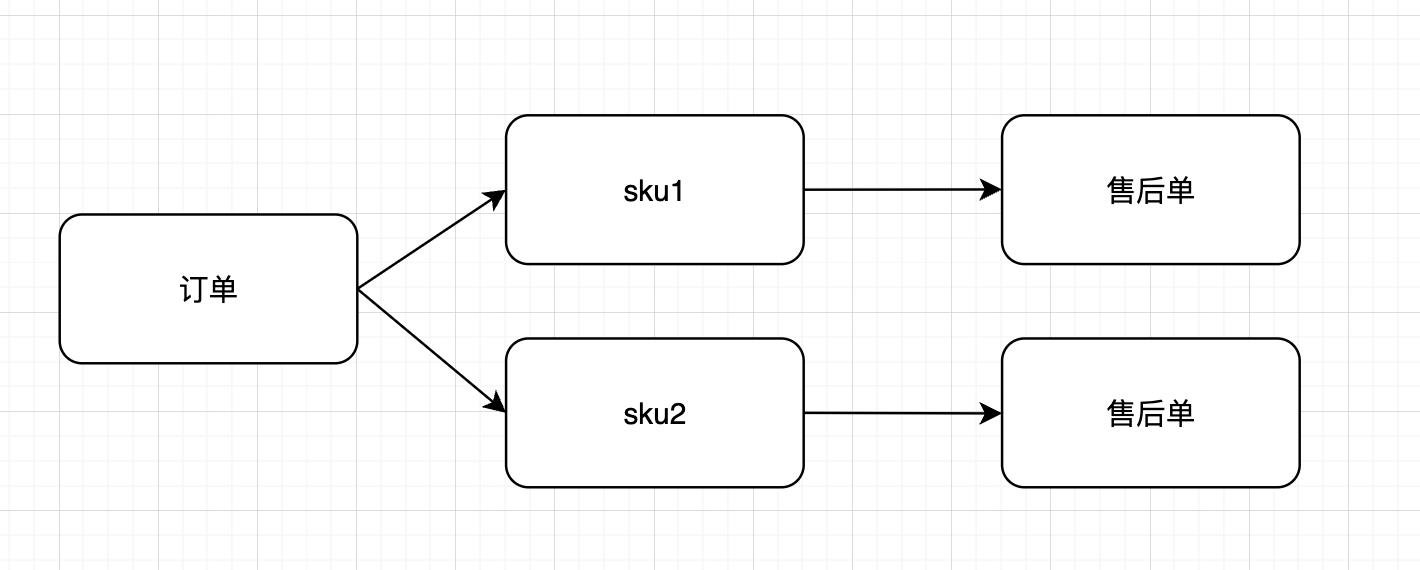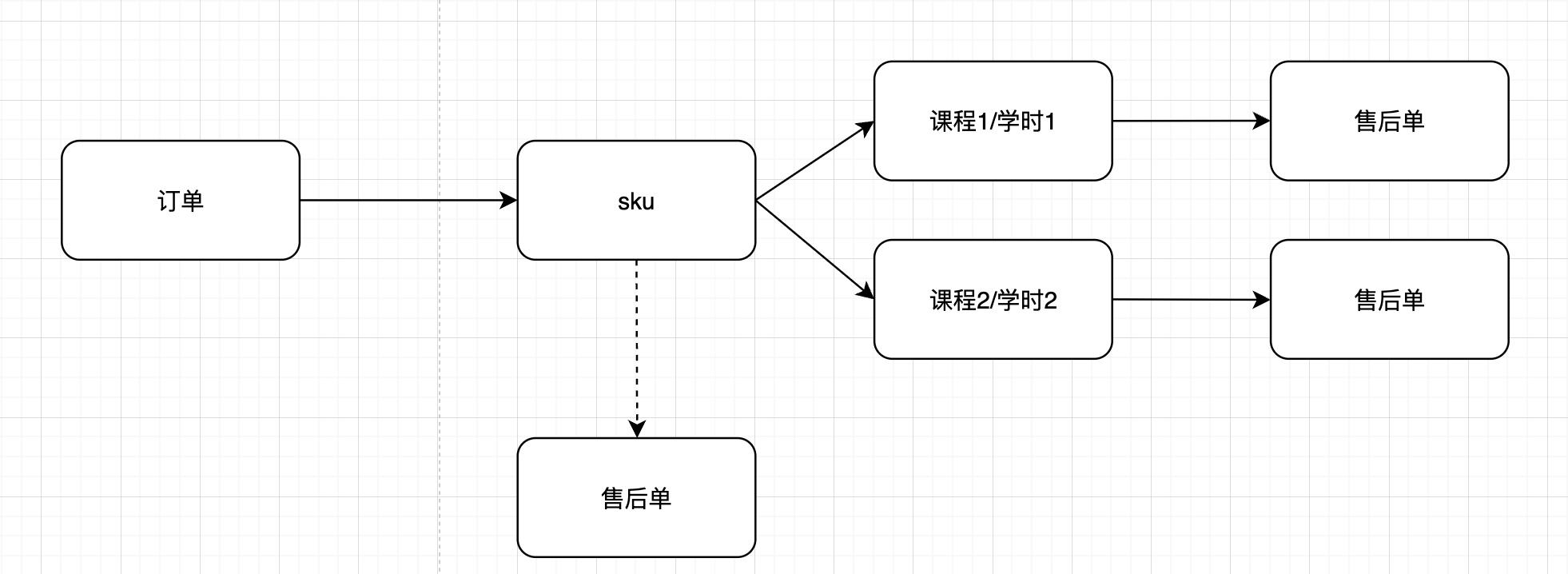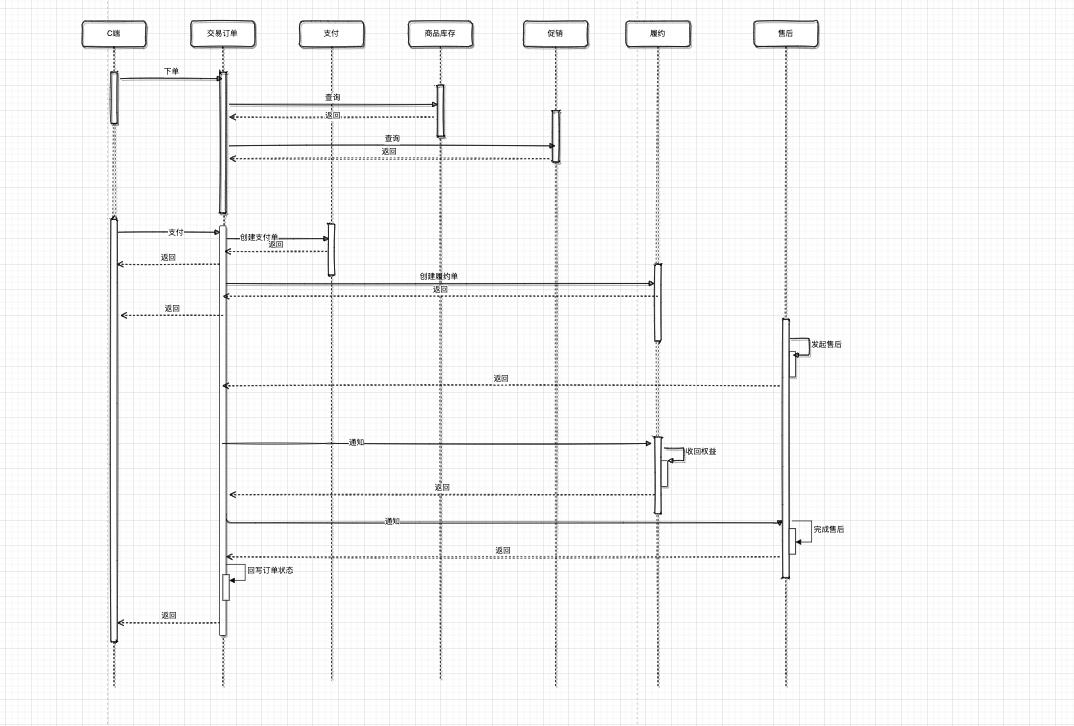On the Core System of E-commerce —— After-sales System
After-sale is an important part of e-commerce system. A good after-sale store can leave a good impression on consumers and have a great impact on word of mouth and repurchase rate. So, how should the after-sales system be designed? The author of this paper analyzes this and shares it with you.

- Grandma went to the vegetable market to buy vegetables, and when she got home, she found that the vegetables were short of weight. Grandpa went back to the vendor and asked for a refund or a supplement.
- Mom went to the mall to buy a pair of pants, came home and found that the size was not suitable, and went to the mall to ask for replacement or return.
- My sister bought digital products, and after using them for a while, she found that they were defective and asked for a new one for free.
The above is the after-sales scene we encounter in our daily life. It can be found that after-sale belongs to the post-transaction behavior, that is to say, after-sale service will exist only after the pre-sale generates a transaction.
First of all, it is clear that after-sales service is to protect consumers. On October 31, 1993, the state promulgated the Law on the Protection of Consumers’ Rights and Interests. On October 31st, 1993, it was passed at the 4th meeting of the 8th the National People’s Congress Standing Committee (NPCSC), and it came into force on January 1st, 1994. On March 15, 2014, the new version of the Consumer Protection Law (referred to as the "New Consumer Law") revised by the National People’s Congress was officially implemented. At present, the rights protection platforms that consumers are familiar with, such as 12315 and the annual 315 party, are all measures taken by the state to vigorously protect consumers’ rights and interests.
So what are the after-sales types in the Internet e-commerce industry? As we said above, after-sales are based on transactions, and in essence, after-sales are a service based on goods. Here we divide the goods into two categories, physical goods and virtual goods, and the after-sales types corresponding to different types of goods are also different.
Definition: Goods that need to be delivered by logistics.
After-sales node: after payment or delivery.
After-sales type:
- Cancellation after payment: It is explained here that cancellation before payment does not belong to after-sales, and cancellation after payment without delivery can be considered as after-sales. After cancellation, the order can be intercepted and automatically refunded.
- Refund only: As the name implies, it means only refund. Generally, only refund and return refund are after delivery, and only refund is an after-sales mode when the logistics is successfully intercepted after delivery. However, there are also some scenarios where a refund is equivalent to [cancellation after payment], that is, applying for a refund when the goods are not delivered.
- Return Refund: Return Refund is generally an after-sales scenario where the customer refuses or returns after receiving the goods when the goods have been shipped and the logistics cannot be intercepted.
- Exchange: After receiving the goods, users can exchange them. In principle, they exchange the goods with the same spu and the same price as the original goods. Generally speaking, it is not a commodity problem, and the freight needs to be paid by the buyer.
Definition: goods such as virtual rights and interests are distributed without physical logistics delivery.
After-sales node: after payment
After-sales type:
- Return and refund: Because virtual rights arrive in minutes, there is generally no after-sales scene of cancellation after payment and only refund, but direct refund and simultaneous recovery of property rights.
- Exchange: the exchange of virtual goods is the same as that of physical goods. In principle, it is the same spu and the same price as the original goods. The biggest difference is that there is no logistics cost for virtual goods, and the exchange of goods can be completed quickly.
After-sales system is designed based on after-sales rules, which are formulated based on sales rules and platform rules. For example, before placing an order, we will see clear rules such as [no reason to return it within seven days] and [no return after unpacking] on the product details page, which are the basis for subsequent after-sales service.
As mentioned above, the after-sales rules are determined according to the sales rules, that is, according to the actual sales scene of the business. For example, from the commodity dimension, it is divided into selling physical goods and selling virtual rights goods; There can also be mixed sales of physical goods and virtual goods. In different scenarios, the after-sales rules must be different. The formulation of after-sales rules is mainly based on two aspects
3.1.1 Selling Scenarios
By supporting different sales scenarios in business, different after-sales strategies are formulated, such as the above-mentioned mixed sales scenario of physical goods and virtual goods. If the after-sales strategy can locate the need to send the physical goods back, the warehouse can only refund the amount and property rights of the virtual goods after receiving the goods.
When making rules, it must be an after-sales strategy under the premise of complying with relevant laws and regulations, taking into account the internal assets and losses, and ensuring the consumer experience as much as possible. The positions of the business side and PM must be different. Some businesses only focus on sales, regardless of the after-sales impact. PM needs to control, balance the user experience and the company’s capital loss, and give its own plan.
3.1.2 Company Positioning
If the company’s business is small, then the general after-sales rules can be covered, but if the business is complex, what PM needs to do is to sort out the after-sales rules of each business into a platform-based general strategy, so as to facilitate the subsequent expansion of more and more complex business scenarios.
On the basis of general strategy, some special business logic can be customized, otherwise the after-sales rules will be easily mixed together, and the system will be clumsy and heavy, which will lead to the whole body.
3.2.1 After-sale model
As mentioned above, after-sales are based on transactions, and in essence, after-sales are a service based on goods. Considering the difference between physical goods and virtual goods, the corresponding dimensions of launching after-sales are also different.
For physical goods, usually the smallest after-sales dimension is the product line. Users apply for after-sales according to sku, and an after-sales service list is generated in the library.

For virtual goods, the smallest dimension of after-sales can usually be the concept of courses/hours. A product contains n courses, which supports launching after-sales based on courses. Users apply for after-sales according to the dimension of courses, and an after-sales service list is generated in the library.

3.2.2 Docking of various systems (only one implementation method is listed)
The main docking systems of after-sales system are order system, performance system and wms system (here, data flow is mainly mentioned, and capital flow is not shown for the time being).
Physical goods after-sales scene:
- After-sales system: after the user initiates an after-sales application, the bottom layer drops an after-sales document and notifies the order system.
- Order system: the order status is self-consistent, and wms is notified to intercept the logistics.
- Wms system: return the interception result of the order. If the interception is successful/the goods have been received, the order will be reported to the after-sales system, and the after-sales service list will be marked to be completed, which will automatically trigger a refund, and then the result will be reported to the order, and the order will be logically self-consistent.

Virtual commodity scene:
- After-sales system: after the user initiates an after-sales application, the bottom layer drops an after-sales document and notifies the order system.
- Order system: the order status is self-consistent, and the fulfillment system is notified to recover the rights and interests.
- Fulfillment system: return the interception result of the order. If the interception is successful, the order will be reported back to the after-sales system, and the after-sales service list will be marked and a refund will be automatically triggered. Then, the result will be reported back to the order, and the order will be logically self-consistent.

With the popularity of the Internet, many optimizations and experiences have been made in the after-sales process, for example, merchants bear the freight insurance, return goods to support door-to-door pick-up, and of course, some operations have been done to raise the threshold for users to refund fees, such as selling into the line before refund to retain users, etc., so as to reduce the return rate.
When there is no problem, everyone is happy. Once there is a problem, what is the attitude of enterprises and platforms to this problem, and whether they can solve the problem satisfactorily for consumers is a matter of great concern to consumers, and they have assumed an important role at this time after the sale. Shops with excellent after-sales service are often more popular with consumers, which can bring positive comments on the reputation of enterprises and platforms.
However, after-sales service itself has a certain cost for merchants. As a pm, we can do some self-driven optimization by observing the return rate. In general, the return rate of internal standard products (such as 3c) in electric commerce is about 3%, and that of non-standard products (such as women’s clothing) is about 15-25%. If the return rate is too high, it is necessary to reconsider whether the product selection is reasonable and whether there are any problems in the service, so as to promote internal optimization of the process, reduce the return rate and reduce the losses of enterprises.